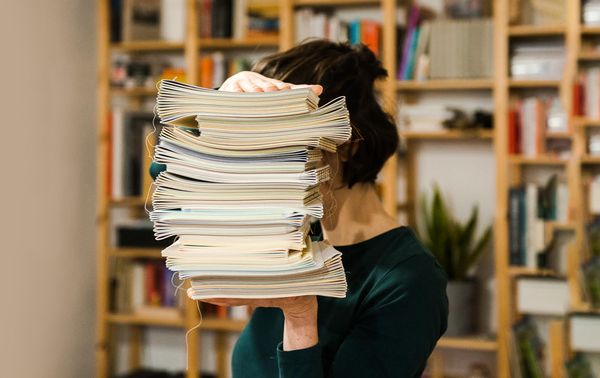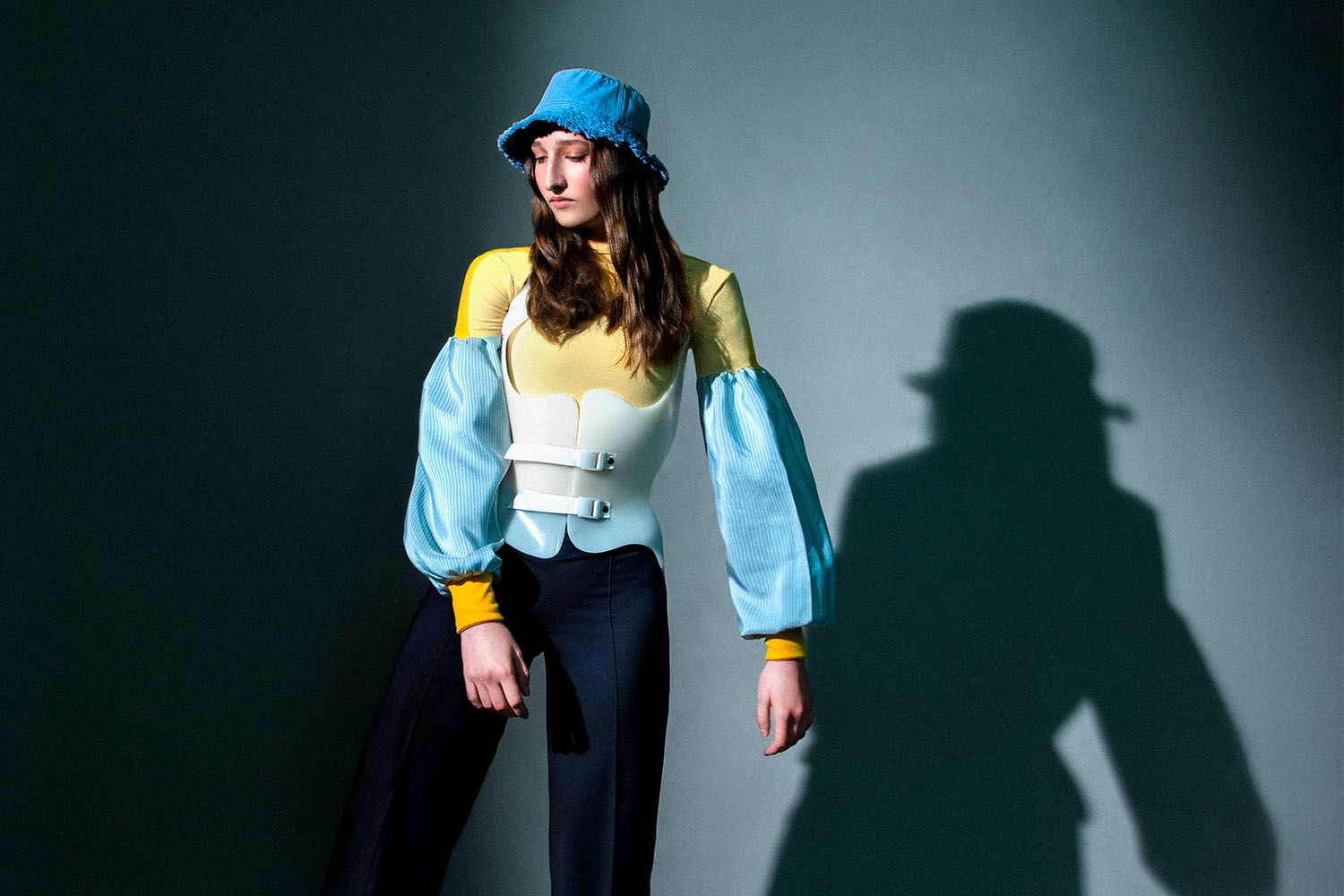How do people living with special needs dress? What everyday challenges does dressing impose on them? Is it at all possible to find inclusive solutions that consider all their needs? The clothing items manufactured in the fast fashion system many times pose challenges for customers with a regular figure, but to those having special needs it almost equals a mission impossible. The initiative dubbed Dress-coding was brought to life with the aim of raising awareness to this problem and the challenges of dressing. In the project, they show how it is possible to manufacture perfectly fitting clothes with the involvement of digital manufacturing technologies. We asked founder Fanni Huszár and fashion designer Anna Mosolygó about the first clothing set and its details.
The Dress-coding project raises awareness to two very important matters at once. Their primary mission is to sensitize the society in the form of storytelling videos that present the clothing habits of people living with special needs and its challenges. On the other hand, they also raise attention to the fact that the combination of design and innovative technologies is a problem-solving tool the conscious and responsible use of which can bring a positive change in society.
The mind behind the initiative is Fanni Huszár, who is currently a student of fashion and textile design at Moholy-Nagy University of Art and Design, with a particular interest in the relationship between fashion and innovative technologies. “The project was inspired by personal experiences. It has everything I enjoy doing and care about: fashion, innovation and social responsibility. I was looking for an opportunity to work on this field and to use the knowledge I obtained for something that allows me to help others. In my childhood, I used to wear a brace: in the course of the project’s design, I reached back to this experience and wanted to find an answer to the hardships experienced at the time,” Fanni highlighted. The team also includes more than ten volunteer experts from fields such as fashion management, communication, filmmaking and design.
In Dress-coding’s first short movie, the designers are creating a unique garment for a girl with scoliosis, who wears a back brace. In the first chapter of our article, we present the garment designed for Jázmin Ujvári and the story behind it.
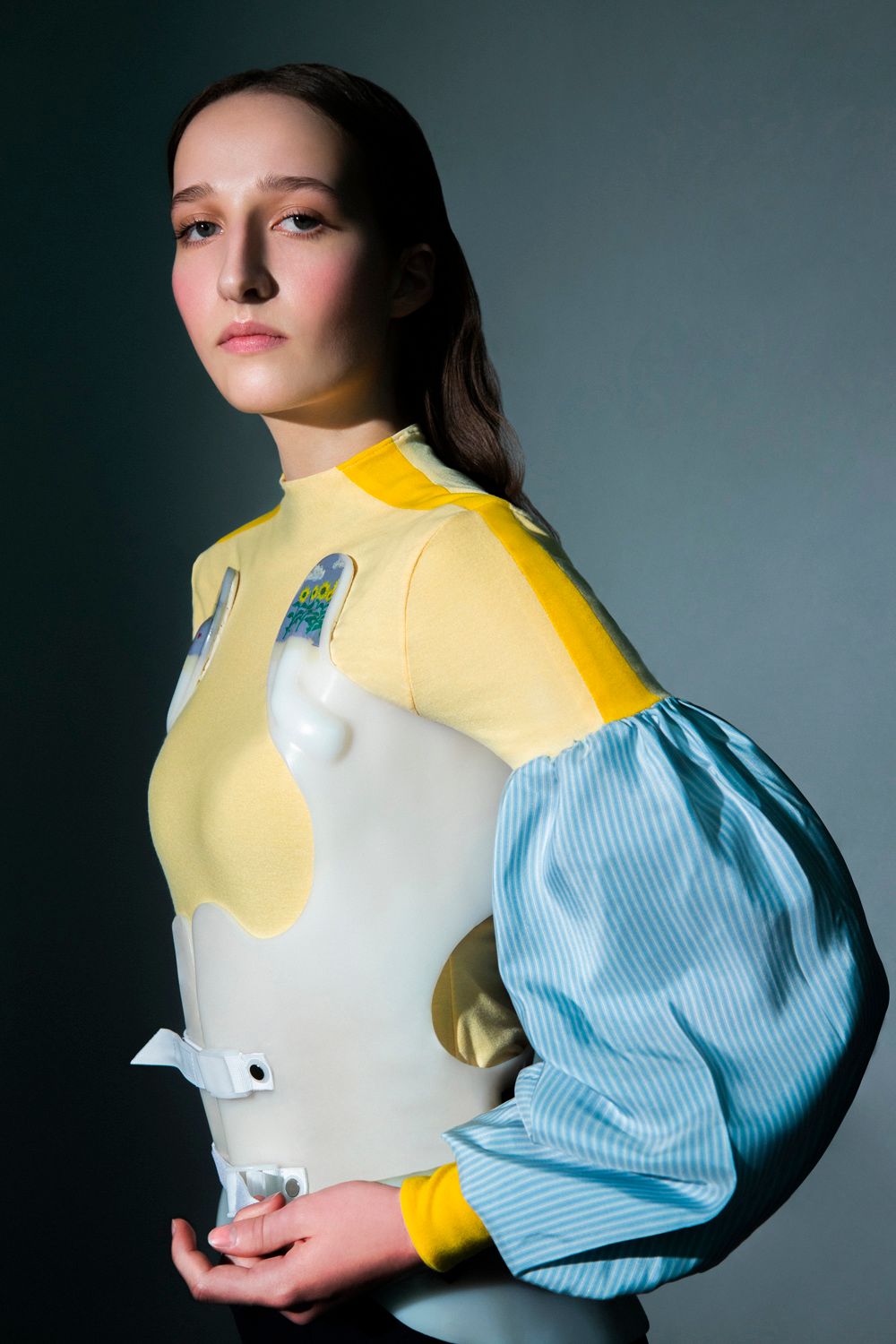
Showing and highlighting the brace
In addition to having a functional role, fashion is also a means of self-expression, so Jázmin has been involved in the design process from the very beginning. She was selected in the framework of an open call: one of the reason she was chosen is the fact that she is proudly wearing her brace and encourages others to do something for their health. This attitude also shaped the final form of the garment: instead of hiding it away, they rather opted for making it emphatic. The playful, casual yet elegant set was designed by Dress-coding member Anna Mosolygó.
Anna studied fashion design in Denmark, and has already made clothes to order before, but never to a person living with a special need. “I studied eco-conscious and ethical fashion. I think ethics also includes not forgetting about anyone and being able to consider any kind of need: right now, it is Jázmin’s brace. Of course this skill needs practice and we must share our experiences—this is what Dress-coding tries to help in,” she told us.
“It was exciting to work around and under Jázmin’s brace. I like these challenges in which I feel a bit limited, but actually I just have to resolve something and think creatively—and design is about this creative problem solving exactly. First I liked the situation very much, then, when I had to draw more clothes for Jázmin, I got a bit scared that I lost too big of a surface of the body. We wanted to show Jázmin’s brace by all means: she wears it proudly and knows that it benefits her and would also like to motivate others,” she added.
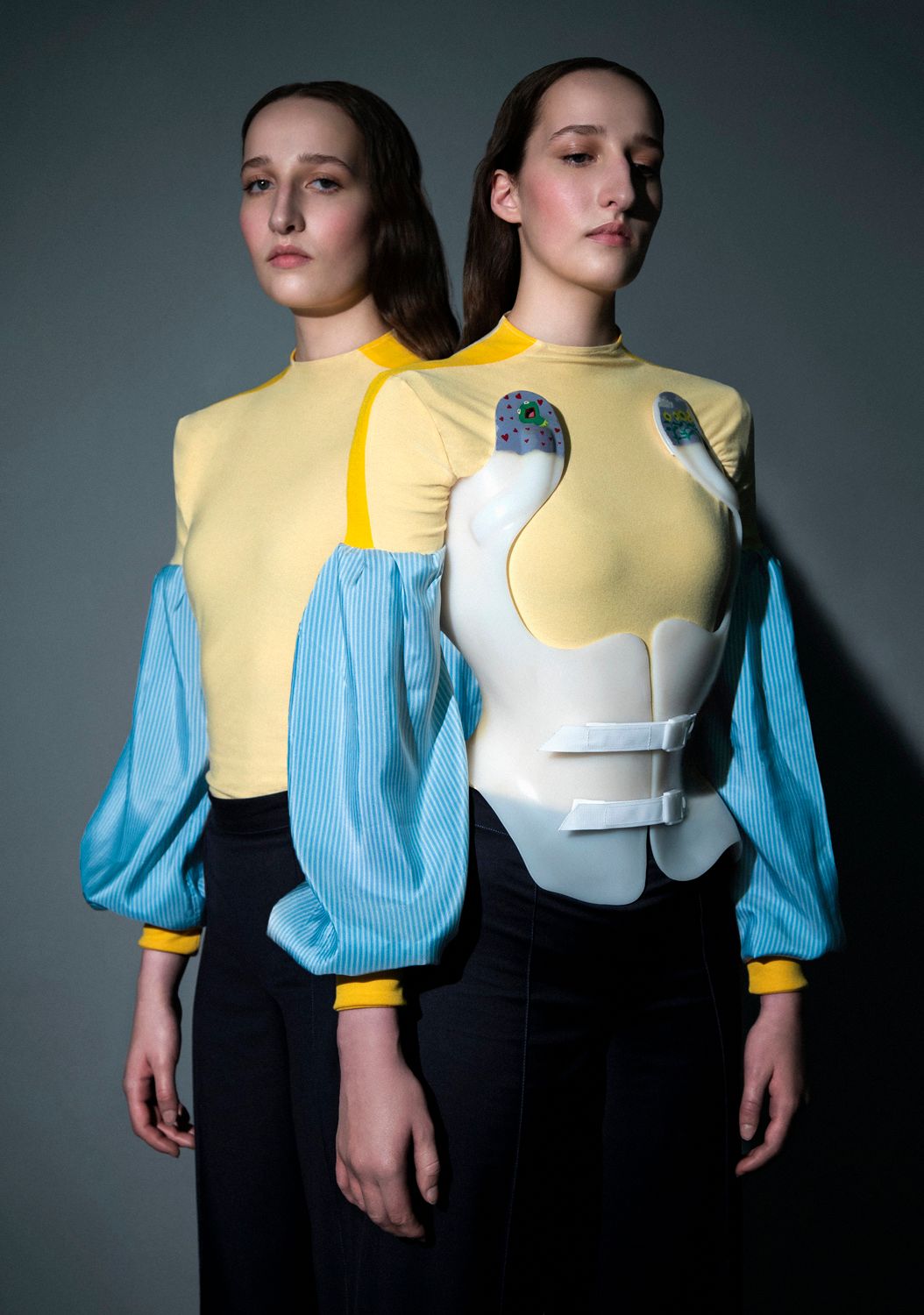
“A proud brace-wearer”
The design process started with 3D scanning and editing a 3D sewing pattern. The technology allows the elimination of creating prototypes, which would have needed a lot of textiles and sewing pattern paper: these procedures enables the acceleration of the process while also making it more environmentally friendly, which was a central aspect not only in the course of manufacturing, but also in the choice of materials.
Further aspects to consider while creating the garment were to make it comfortable and soft and to avoid the crinkling of the fabric under the brace, which might result in an unpleasant feeling for the wearer. This meant that Jázmin’s set is made up of a simple, tight-fitting top, and the unique designer solutions are more emphatic on the shoulder and the arm. “I talked to Jázmin a lot about what types of clothes she likes and it turned out that loose-fitting shapes and elegance are also close to her. So I wanted to manifest these by all means in one way or another. On the top, my free areas were the arm and the shoulder, as well as the neck: thus, the arm received a loose sleeve, which remains practical with the narrowing near the wrist. On the neck and shoulder part, I varied the fabrics and introduced a vibrant yellow stripe. The strips of stitching could also be annoying to the wearer, they could result in an unnecessary extra layer, and so I couldn’t implement these elsewhere, under the brace,” Anna explained. The light blue-striped baggy sleeve made of a soft silk material and yellow top are completed by a pair of classic, pressed trousers, which Jázmin will be able to wear at both everyday events and for more elegant occasions.
“The project allowed me to meet plenty of lovely people, I could become part of a tightknit team and I could also gain an insight into the world of fashion. But to me the greatest joy was being able to stand out as a proud brace-wearer and being able to show that one can indeed bring out the best of it and should not be ashamed of their »armor«,” Jázmin highlighted.
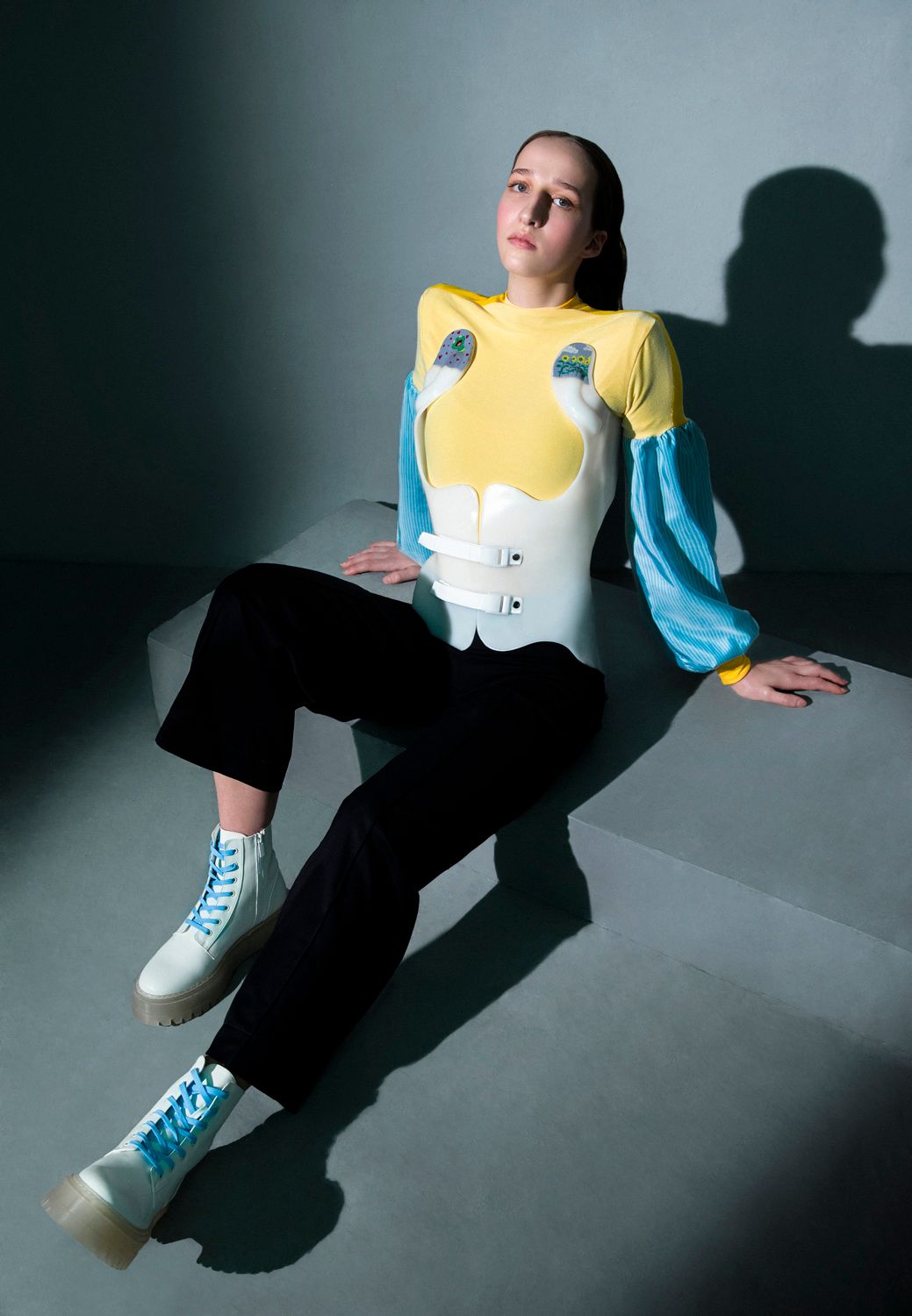
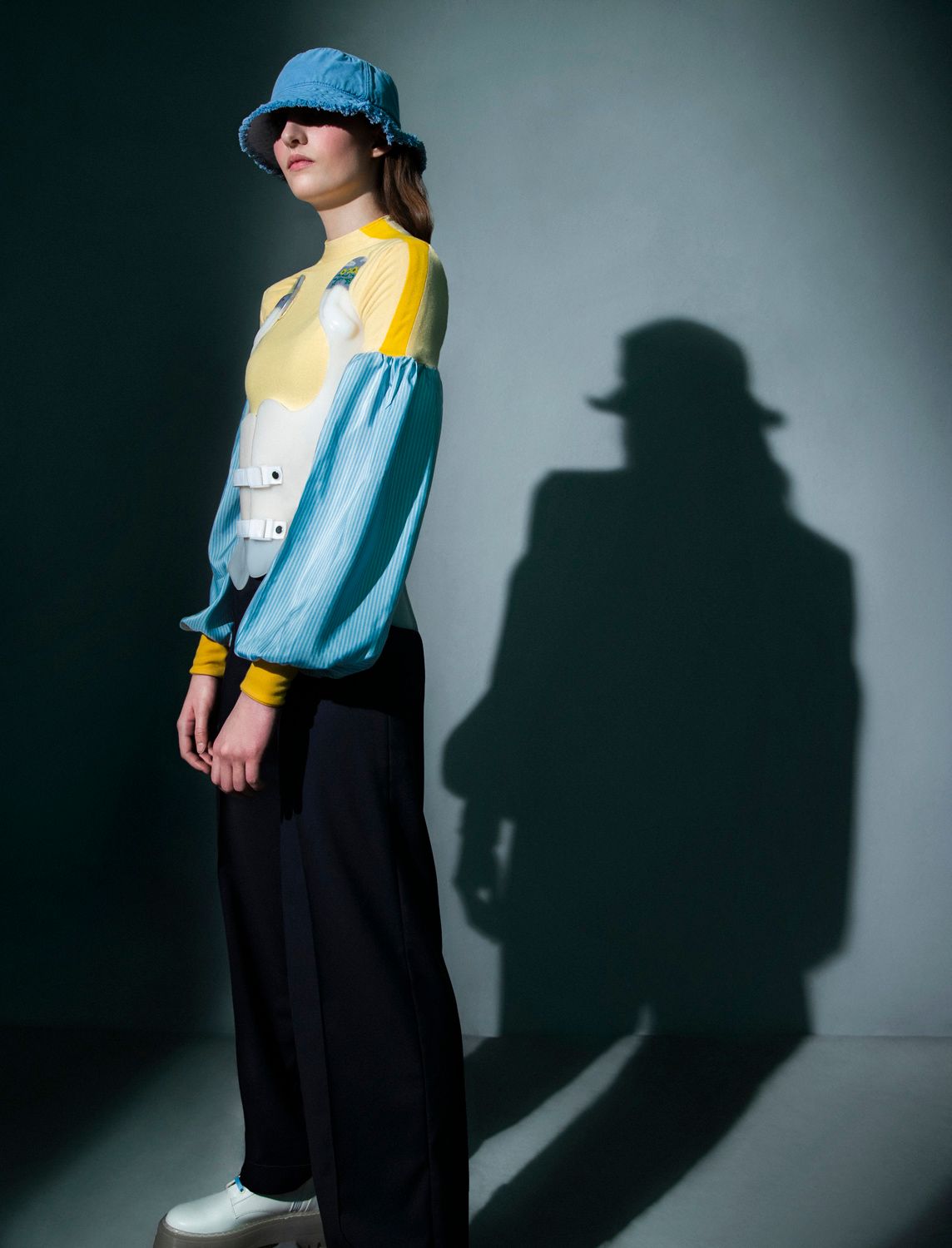
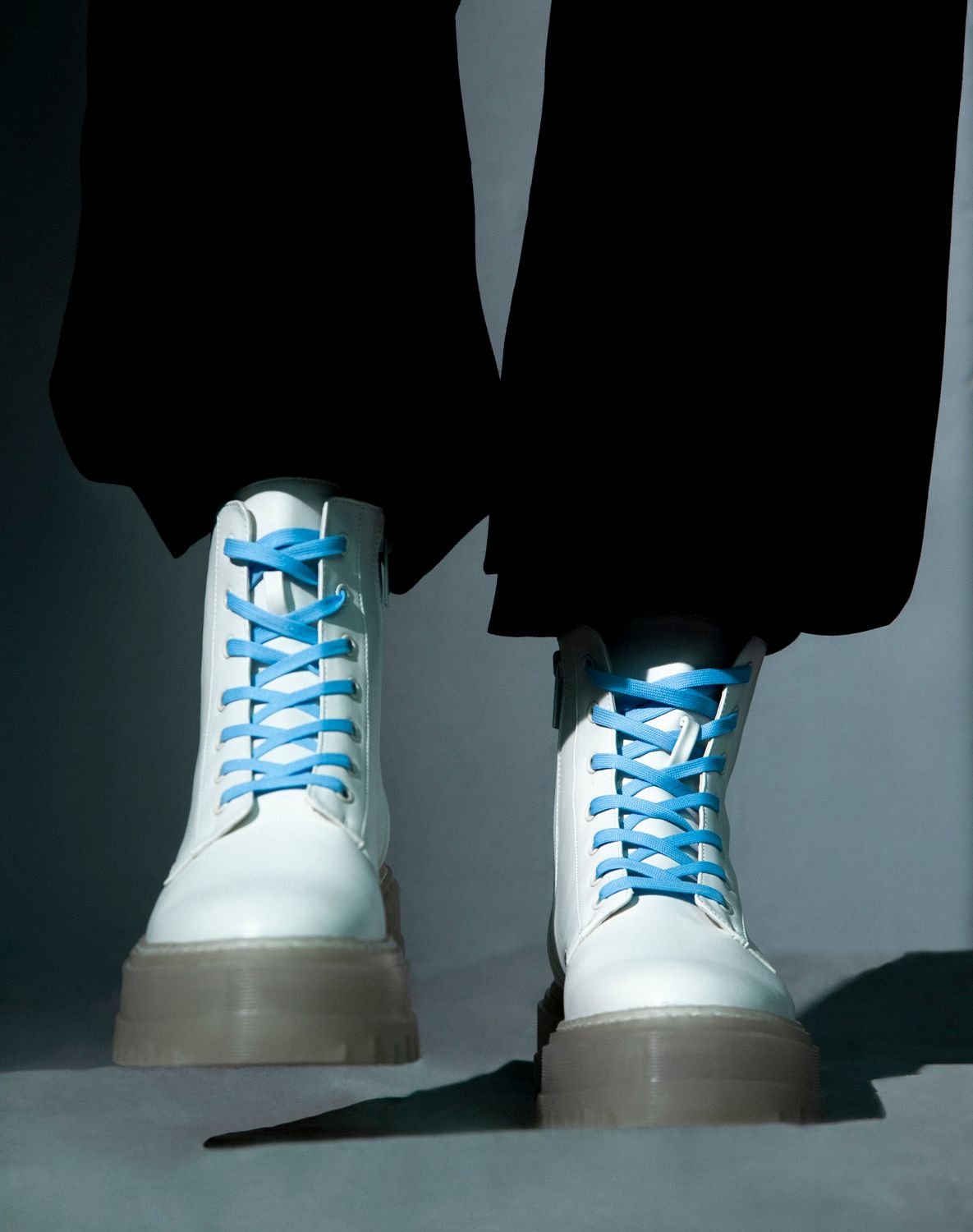
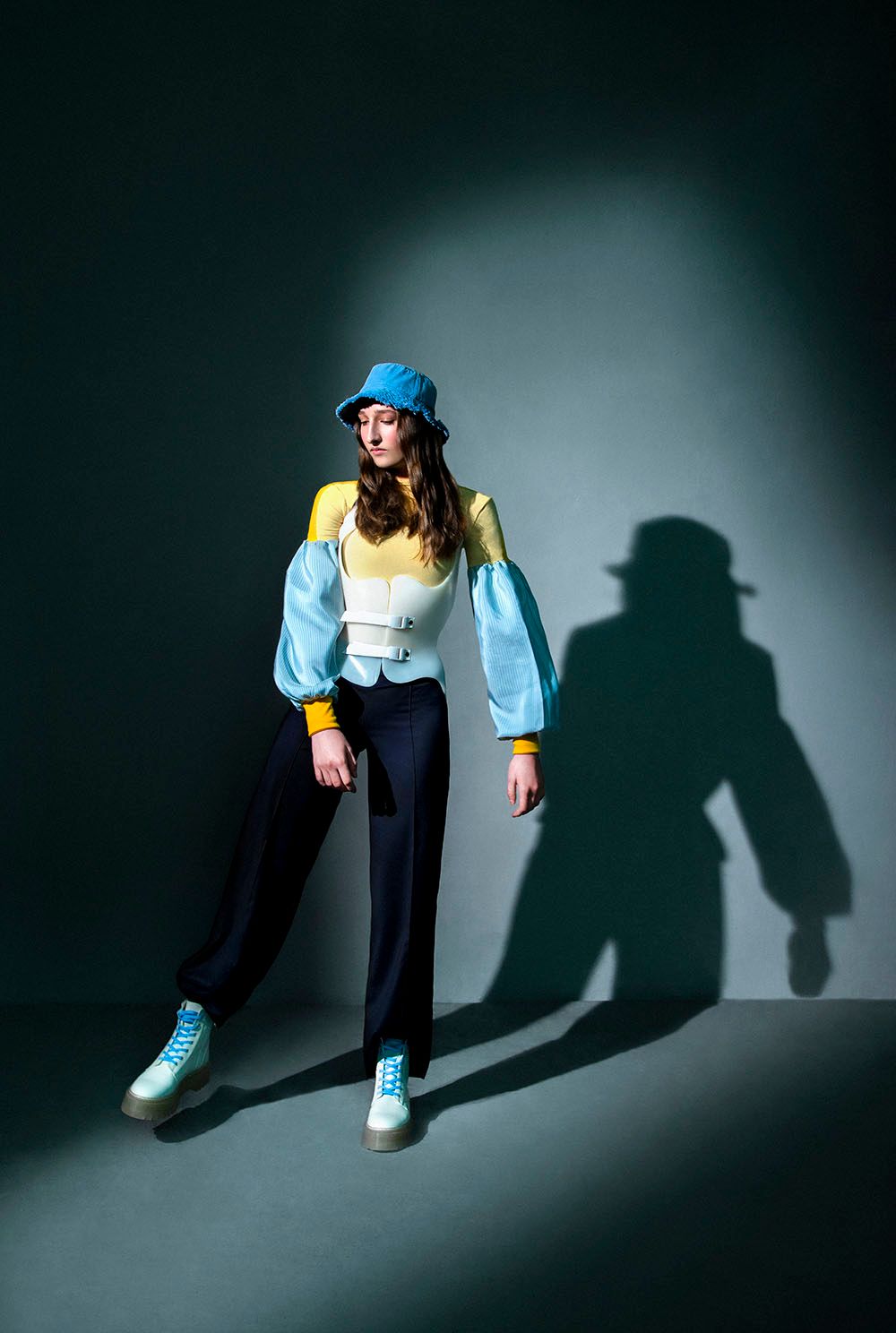
Dress-coding’s team is already working on creating new garments: this time for Lia Sőrés, a painter with Down syndrome. We’ll tell you all about the garment tailored to Lia’s needs and the story behind it in the next episode of our Dress-coding article: until then, follow the initiative’s Instagram account for updates!
Photos: Noel Szilveszter Dömök
Anna Mosolygó | Web | Instagram
Dress-coding | Facebook | Instagram | YouTube
Our INCLUSIVE article series presents projects that raise awareness to the society-shaping role of design and that promote the social visibility of people with disabilities and their self-determination through the means of inclusive design.
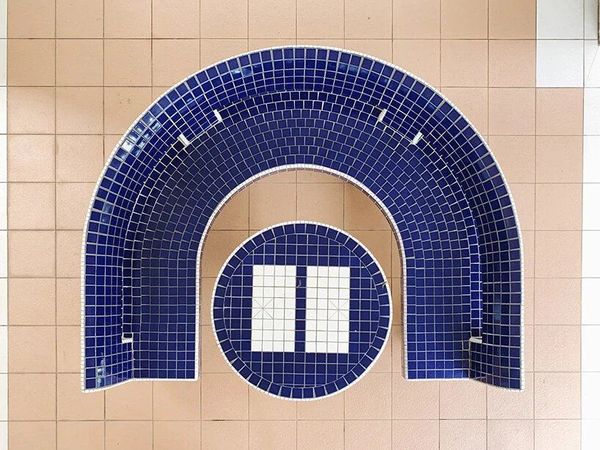
Singaporean social housing tables from above
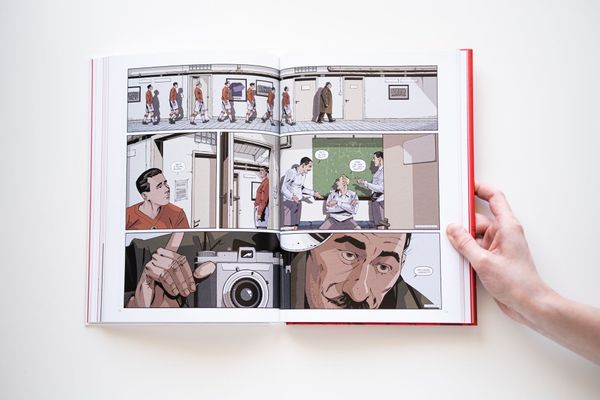
The guy who drew a comic book on Ferenc Puskás | Interview with Attila Futaki
